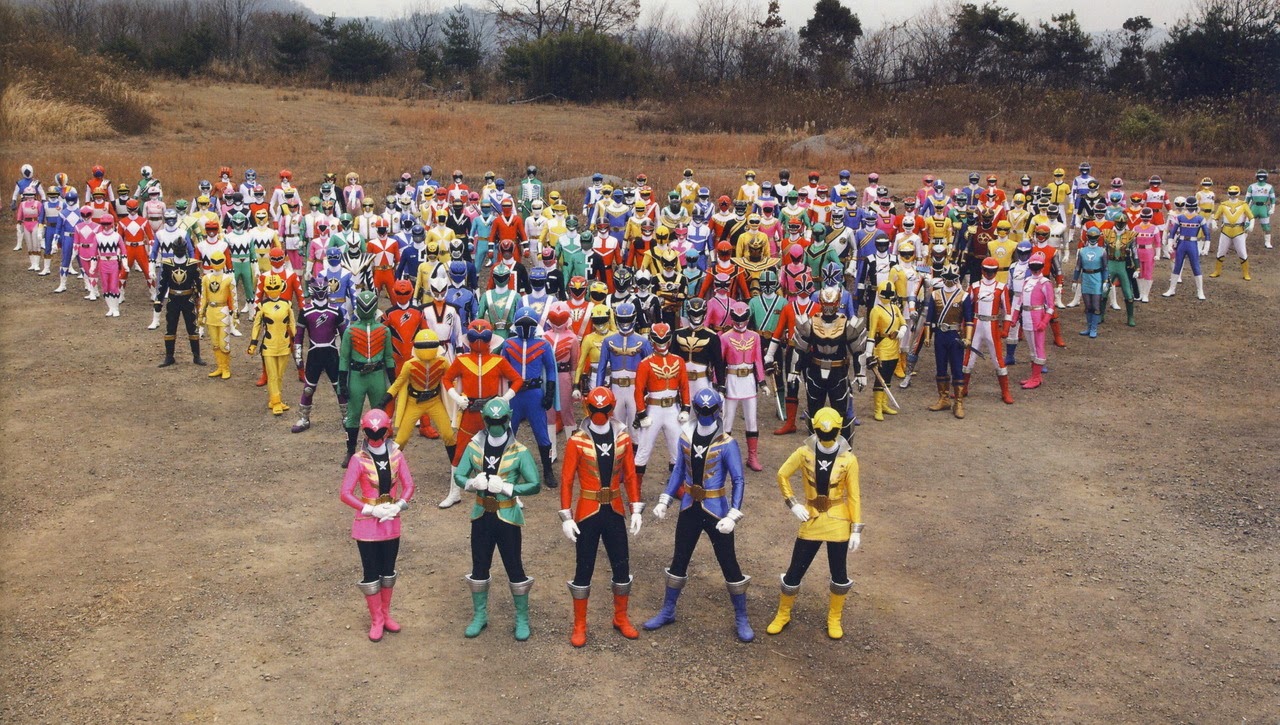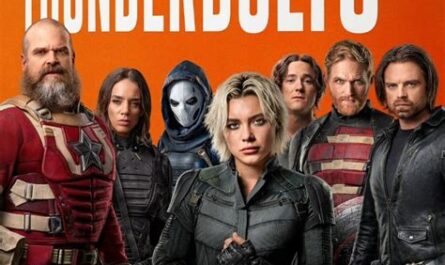Mighty Morphin Power Rangers, from an ear worm of a theme song to the colorful action of the actual show, these spandex clad teens with attitude have had a long lasting history with American audiences and an even longer legacy with their Japanese counterparts, Super Sentai. Since the mid 70s, Super Sentai and other Tokusatsu type shows have entertained children for generations. But it wasn’t always the giant robot monster bash we know it as today. For a time, the concept of Megazord and giant monsters was still an inkling of an idea for the creators of Super Sentai. This is how Marvel Comics inspired the Sentai franchise.
It’s the 70s and a young Stan Lee had set his eyes on a particular Tokusatsu producing company known as Toei. Wanting to expand Marvel into different markets outside of comics, they approached Toei with a deal for the express purpose of expanding into Japanese markets. With Tokusatsu and Sentai having a focus on action and special effects with a colorful cast that appeals to their target audience (children), and with an expanding toy market connecting to the franchise, it was a no-brainer to partner with Toei to get a cut of that pie. So Marvel agreed to help produce a few shows that allowed both companies access to each other’s intellectual properties with certain creative liberties attached.
While Marvel’s involvement with Sentai was varied across the different projects, there is one project you may have heard of gain prominence in recent years thanks to its absurd hilarity, the Japanese Spider-Man series, Supaidāman. Outside of a few key characters and plot points, it had very little to do with the lore of Spider-Man. Instead it follows a motorcycle racer who gains his abilities after being injured and later saved by an alien from the planet “Spider” (yes, really). After the alien’s death, he takes on the mission he left behind and continues the battle against the evil Professor Monster. Now, you may be wondering what this has to do with Power Rangers, well, just about everything. The influence this silly little comic book show had on the Sentai franchise was quite intense. The biggest influence of the show was not only on Sentai, but also expanding the mecha concept that Japanese media is famous for. With the introduction of Spider-Man’s giant mech, Leopardon, and his spaceship, The Marveller, the Sentai genre will never be the same.

At the time, Sentai was known for three things, colorful clad main characters, high tech and toyetic weapons and tools, and fighting monster action. If you’re a fan of Power Rangers, you probably noticed the crucial missing aspect of the franchise, the Megazords. Well, that’s the kicker, because of the introduction Leopardon in Spider-Man, a light bulb went off the Super Sentai creatives, for not only a year later with the airing of Battle Fever J in 1979 saw the arrival of the first giant robot (not known as a Megazord yet), to battle the overgrown monsters that will now become a staple of not only the franchise, but the genre as a whole. That’s right, if not for Spider-Man, of all characters, then Power Rangers, and Sentai as a whole would not be what we know it as today. The influence of Spider-Man to an entire genre of television is not to be understated. Sure, Sentai had the over the top action and intricate gadgets we know them for today, but it’s hard to imagine a time where such a core and well known aspect of the franchise would not have existed if not for Stan’s own little wall crawler.
While the influence Marvel had on the Sentai genre was impactful, the same could not be said for the impact it had on Marvel. While Stan Lee was immensely interested in the Super Sentai franchise, not many others saw the potential in it. Lee wanted to produce an adaptation of one of the shows that Marvel had funded, Taiyo Sentai Sun Vulcan, with the idea of dubbing over the action scenes from the show and filming American portions of the show when they are out of costume. If that sounds familiar, Haim Saban would later employ the same strategy for Power Rangers. Unlike Saban, however, Stan and his team just could not find one producer or studio to take the idea seriously enough for them to order a season of episodes. In fact, it was reported that many of those producers were offended by just how goofy, unrealistic, and “cheap” the show was. While the market for toys was absolutely there, it was hard to convince anyone of it without a proper proof of concept. Not only that, tokusatsu just wasn’t a concept in the west. There wasn’t anything like it in the US Market, so the networks were more put off than anything else.

Overall, the dream of a Marvel produced Super Sentai show would die before it was born. As such, after three shows produced under their umbrella, the partnership between Toei and Marvel was dissolved. However, it’s interesting to think about what could’ve happened if things were allowed to progress. Would we have seen Senatai characters in the MCU? The likes of Zyuranger interacting with the Avengers during the extremeness of the 90s? It’s interesting to think about. Another interesting nugget of information was when Disney owned the Power Rangers license for a time. When Disney bought Fox Family Worldwide, in that purchase was the Power Rangers (as we know it) franchise and they held onto that license for about 8 years before selling the franchise back to Saban during a bidding war in 2010. So interestingly, had they held onto the license for a bit longer, considering the success of the MCU, it could’ve been possible to integrate the franchise within the Marvel brand yet again. If we know anything about Disney, they love capitalizing on nostalgia. So we would’ve gotten an even bigger resurgence of Mighty Morphin in pop culture, to the point we could’ve seen an even more expanded MCU lineup with even more lore to integrate into the property. Marvel making Power Rangers comics, crossing over with the X-Men or Avengers, fighting Rita Repulsa together, and an even bigger multiverse to consider.
Unfortunately, the possibilities are endless and impossible, only to exist in our overactive imaginations and AO3 fanfictions (stay tuned). The history of Power Rangers is as intricate as the lore itself and just as involved. Who would’ve known that, without a goofy Spider-Man show, Sentai and Power Rangers as we know it would never have existed. Was Marvel’s ownership of Power Rangers a missed opportunity? Or a bullet dodged?
From all of us here on Happy Hobbyist, have fun hobbying.




